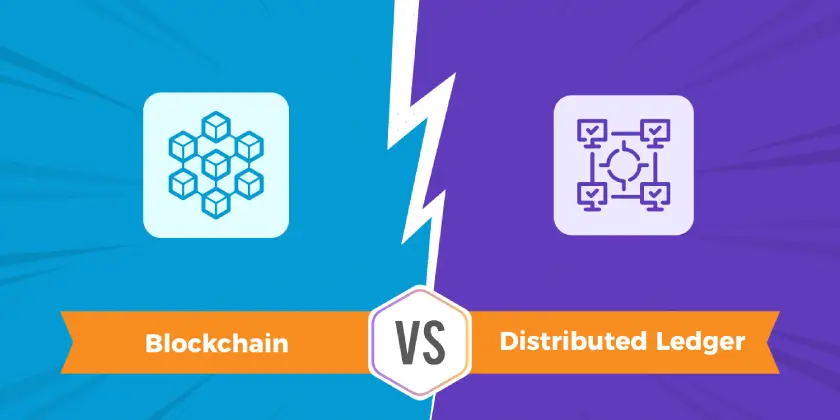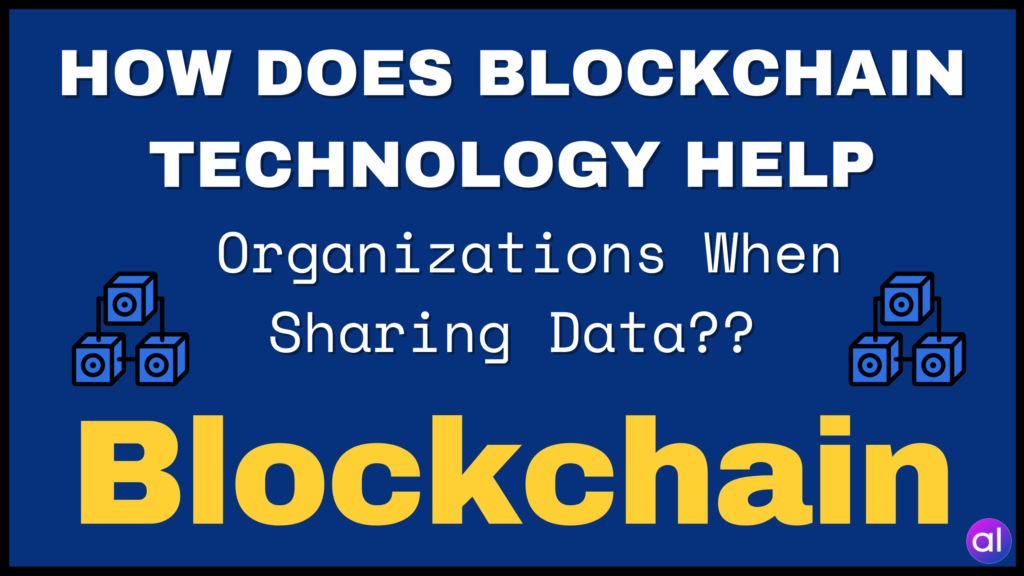
Since the rise of Bitcoin in 2007, Blockchain technology has been a major trend in the tech world. Subsequently, Distributed Ledger Technology (DLT) has emerged as the next big topic with blockchain integration in various industries since 2017. Although often misunderstood as the same, these two technologies are sometimes mutually inclusive and sometimes completely independent. Let’s delve into the world of Blockchain and Distributed Ledger Technology to understand their nature and differences.
What is Blockchain?
“Blockchain technology isn’t just a more efficient way to settle securities. It will fundamentally change market structures, and maybe even the architecture of the Internet itself.” – Abigail Johnson
Blockchain, the technology behind the revolutionary digital currency Bitcoin, is a data structure stored in blocks connected by cryptographic principles forming a chain. This decentralized database system allows every user to work as a node sharing the network’s database in the form of blocks, eliminating the need for a central entity. This transparency and security have made Blockchain immutable to hackers, ensuring trust among users. The technology has evolved into public and private blockchains, leading to widespread industry adoption.
Real World Application of Blockchain
Blockchain platforms like Ethereum, BigChainBD, and IBM Fabric are being used beyond cryptocurrencies for various applications.
What is DLT?
“The blockchain concept was pioneered within the context of crypto-currency Bitcoin, but engineers have imagined many other ways for distributed ledger technology to streamline the world.” – Anthony Scaramucci
Distributed Ledger Technology (DLT) is akin to a decentralized database where the authority is distributed across the network, enhancing security and transparency. Unlike Blockchain, DLT does not necessarily form a chain of blocks but utilizes multiple servers to ensure accurate data records. While DLT shares similarities with Blockchain in terms of decentralization, it can exist independently. DLT has found applications in various industries worldwide.
Real World Application of DLT
DLT systems like Digital Asset Holdings, Hedera Hashgraph, and IOTA’s Tangle network are being implemented in different sectors.
Conclusion
Blockchain Technology and Distributed Ledger Technology are distinct concepts, with Blockchain having a distributed ledger system but not vice versa. Both technologies leverage decentralization and consensus algorithms, leading to widespread adoption across industries. As businesses continue to integrate these systems, their applications will continue to evolve and adapt to different economic sectors.



